3 Daily Exercises Every Person Over 50 Should Be Doing, According to a Trainer
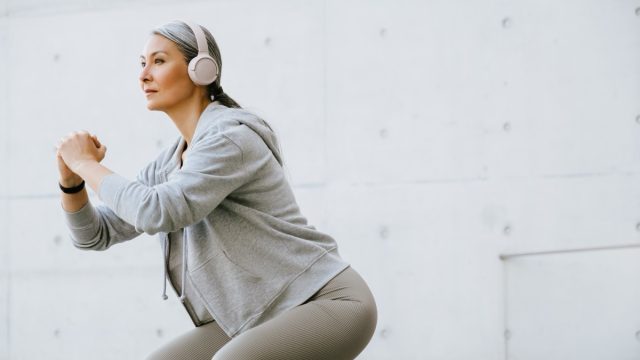
Getting older doesn't mean giving up on mobility and strength. Will Harlow, an Over-Fifties Specialist Physiotherapist, clinic owner, and bestselling author, has identified three essential movements that can help adults over 50 maintain their health and mobility. "These three movements focus on areas of the body that commonly become weak and stiff as we age," Will explains in his post. "Just doing these movements a couple of times a day is often enough to reverse that process." These simple exercises can help you move with less pain, build strength, and improve your overall health – all it takes is a few minutes each day.
Why These Movements Matter
"I've chosen these three movements because they are all to do with areas of the body that become weak and stiff and tight in people over the age of 50," Will shares. These targeted exercises address the most common mobility issues that develop with age. Each movement can be adapted to different fitness levels, so whether you're just starting your fitness journey or you're already active, you can benefit from these exercises. "I understand that the over 50s category has a whole range of abilities," Will notes, which is why he breaks down each movement into beginner, intermediate, and more advanced versions.
Safety First
Before beginning any new exercise routine, it's important to consider your individual needs. "Make sure you get checked out by your healthcare professional to see if it's applicable to you," Will advises, "and definitely avoid any of the movements that cause pain." Your safety and comfort should always be your priority. Start slowly with the easier variations and progress only when you feel ready. Listen to your body and respect its limitations while gently expanding your capabilities.
The Sit Back Squat
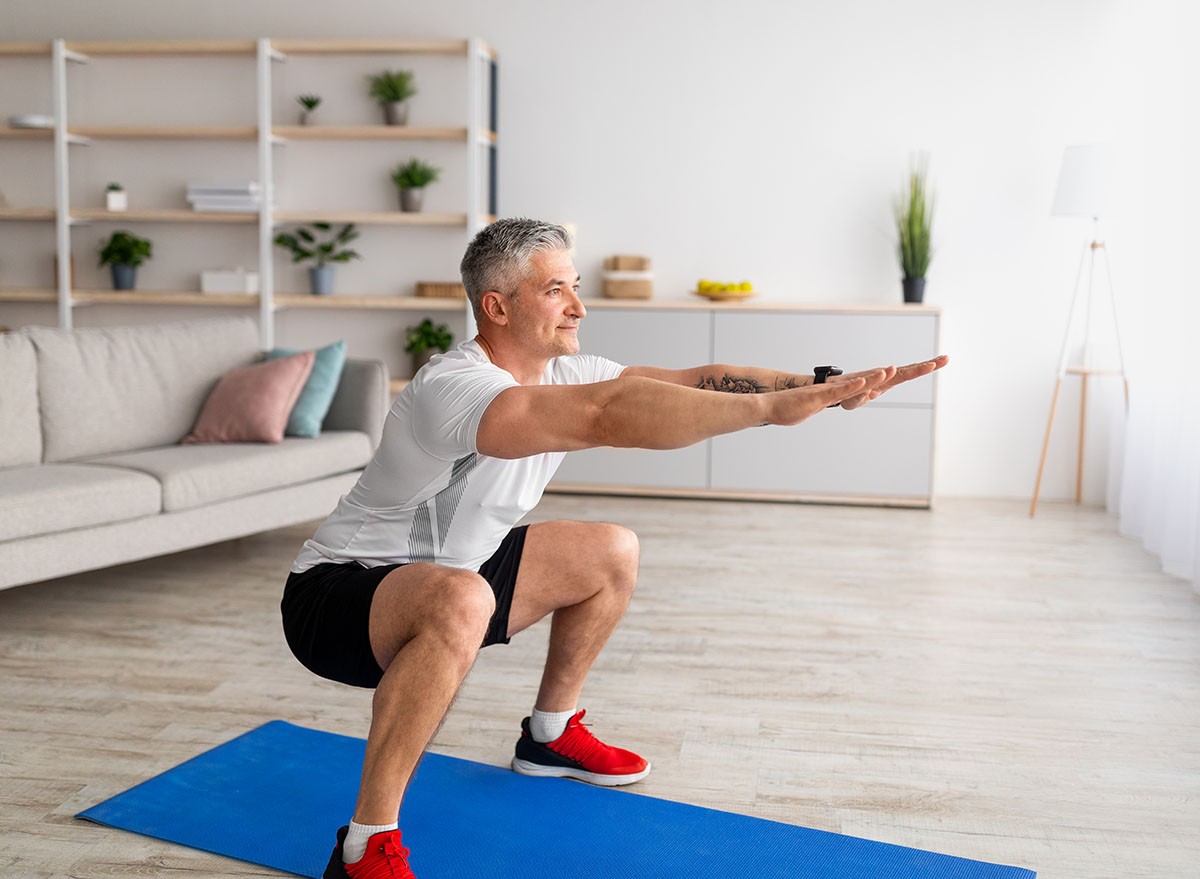
The sit back squat is perfect for improving mobility in your hips, knees, and ankles. "This is one of my favourite exercises," Will says, because it works multiple areas at once. To perform this exercise, find something stable to hold onto like a kitchen counter or sturdy chair. Place both hands on the support and lean slightly forward. Then sit back as if you're lowering into a chair, rounding your back as you go. "When I'm going back like this, I'm stretching my lower back… my buttock is getting stretched… I'm also stretching the quads and the calf muscles at the back," Will explains, highlighting how comprehensive this single movement is.
Modified Sit Back Squats
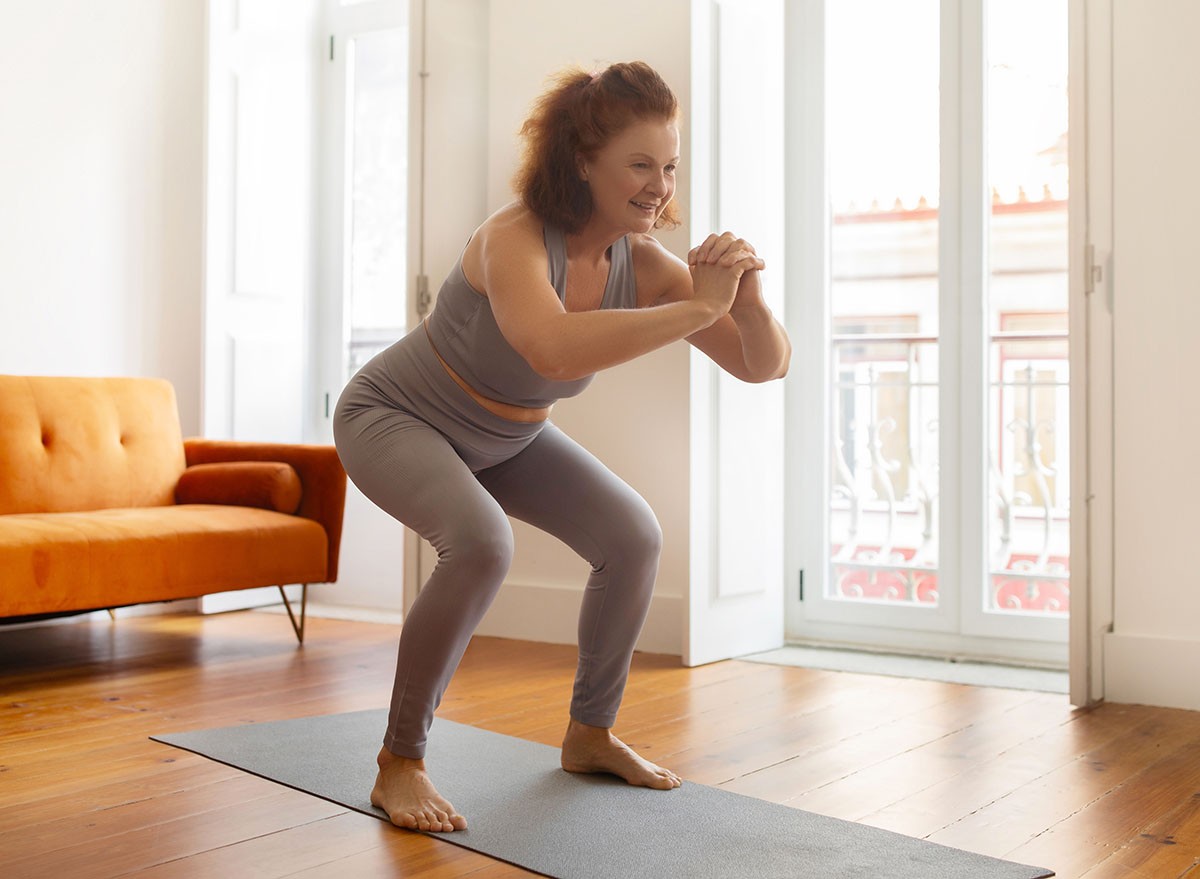
If the full sit back squat is challenging, Will offers simpler alternatives. "If you can't do this movement, we're going to break it up into a few chunks," he suggests. You can start by simply holding onto something and leaning back to stretch your lower back. As you gain confidence, try bringing your body down toward your knees more to increase the stretch. "If your knees are sore, you can see I'm only slightly bending my knees but I'm getting all of the benefit in my hips and in my back," Will points out. For those with back issues, keeping the back straight while doing an upright squat is another excellent option.
Practice Tips for Squats
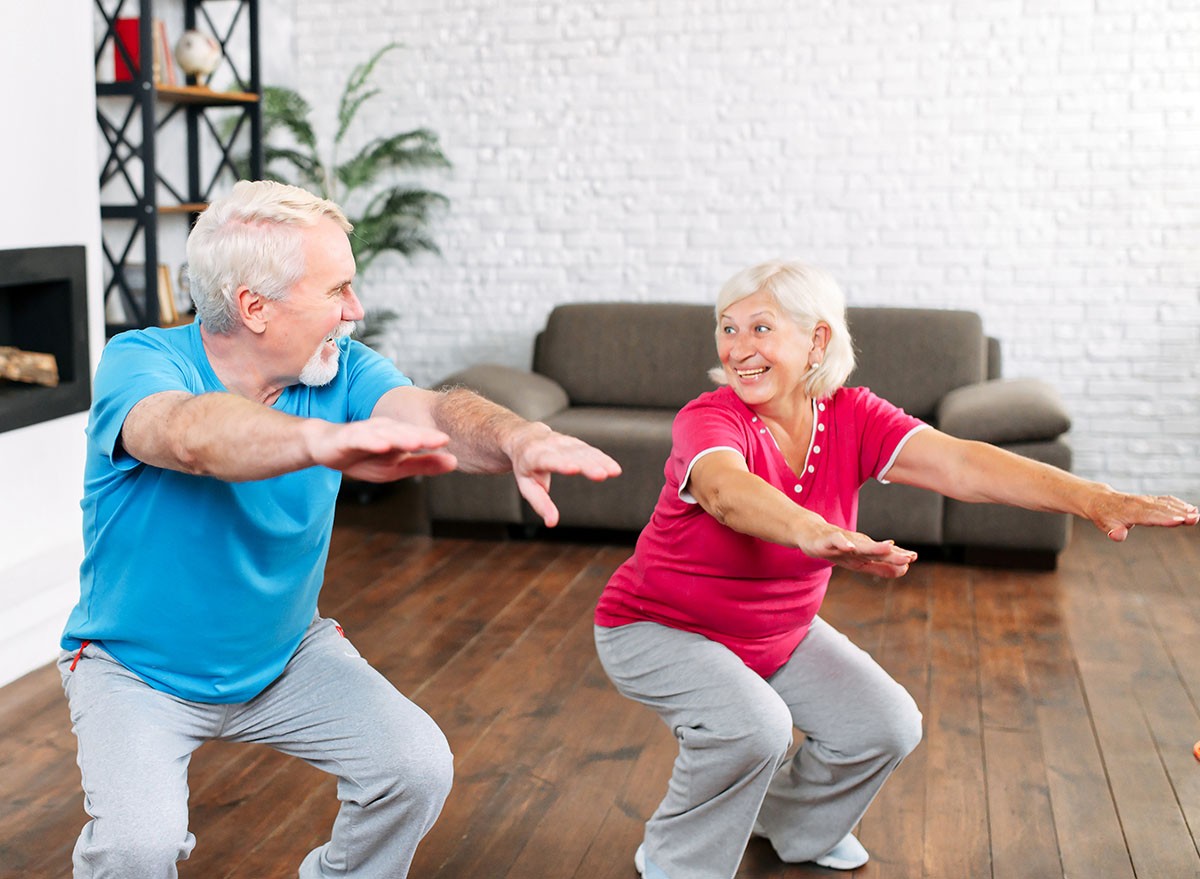
Consistency is key with these exercises. "What I like to tell people to do is play around in these movements probably for two or three minutes a day," Will recommends. Experiment with different variations and holding positions that feel beneficial for your body. "Really rounding your back, bringing your bottom as close to the floor as you can is a lovely way to get a stretch all over the body," he notes. This flexibility in approach allows you to personalize the exercise to your needs while still gaining the mobility benefits.
The Overhead Reach
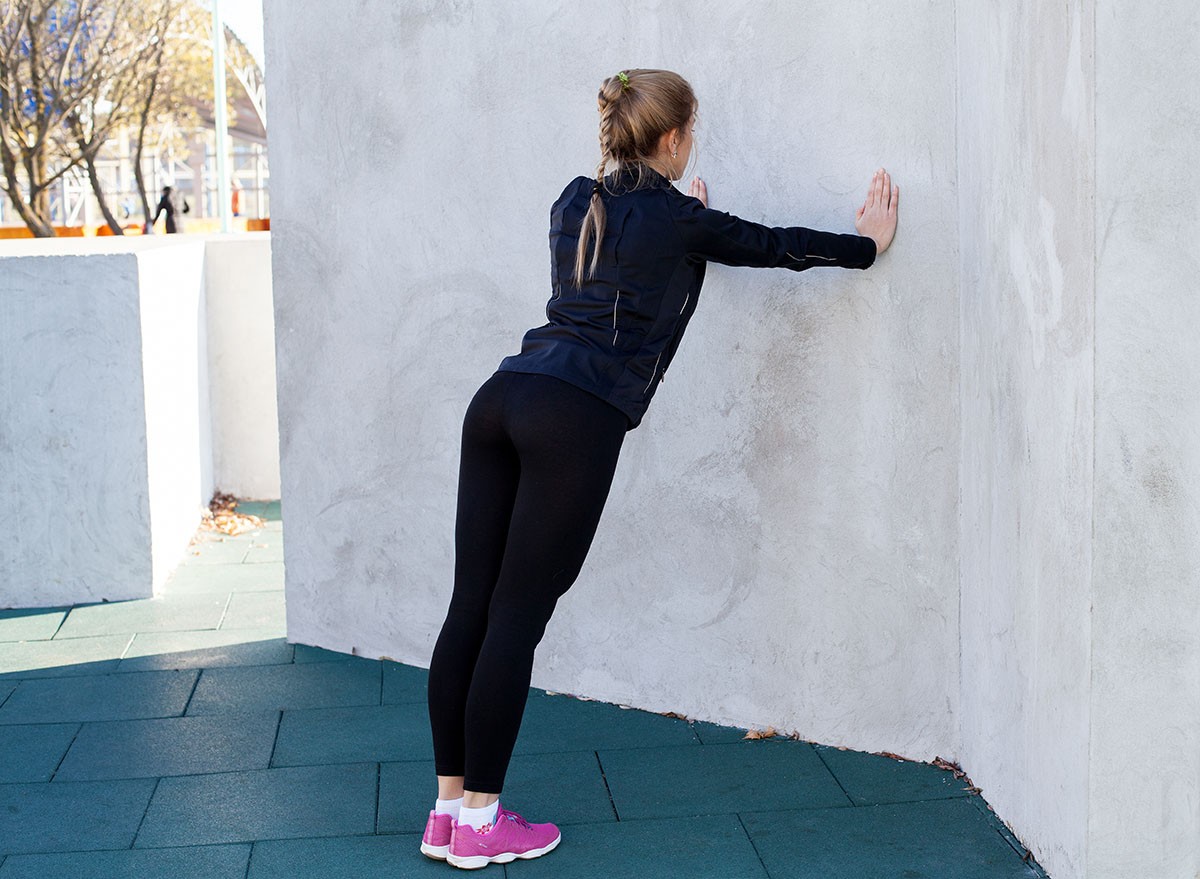
The overhead reach targets shoulder mobility and the mid-back (thoracic spine). "Doing this a couple of times a day is key for these specific areas of the body," Will notes. Stand facing a wall with one hand placed against it and good posture. Slowly walk your fingers up the wall as high as comfortable. "For many people this exercise alone is going to be enough and it will improve your shoulder mobility," Will explains. If you feel stiffness, hold that position briefly, then gently lean into the wall before bringing your hand back down.
Advanced Overhead Technique
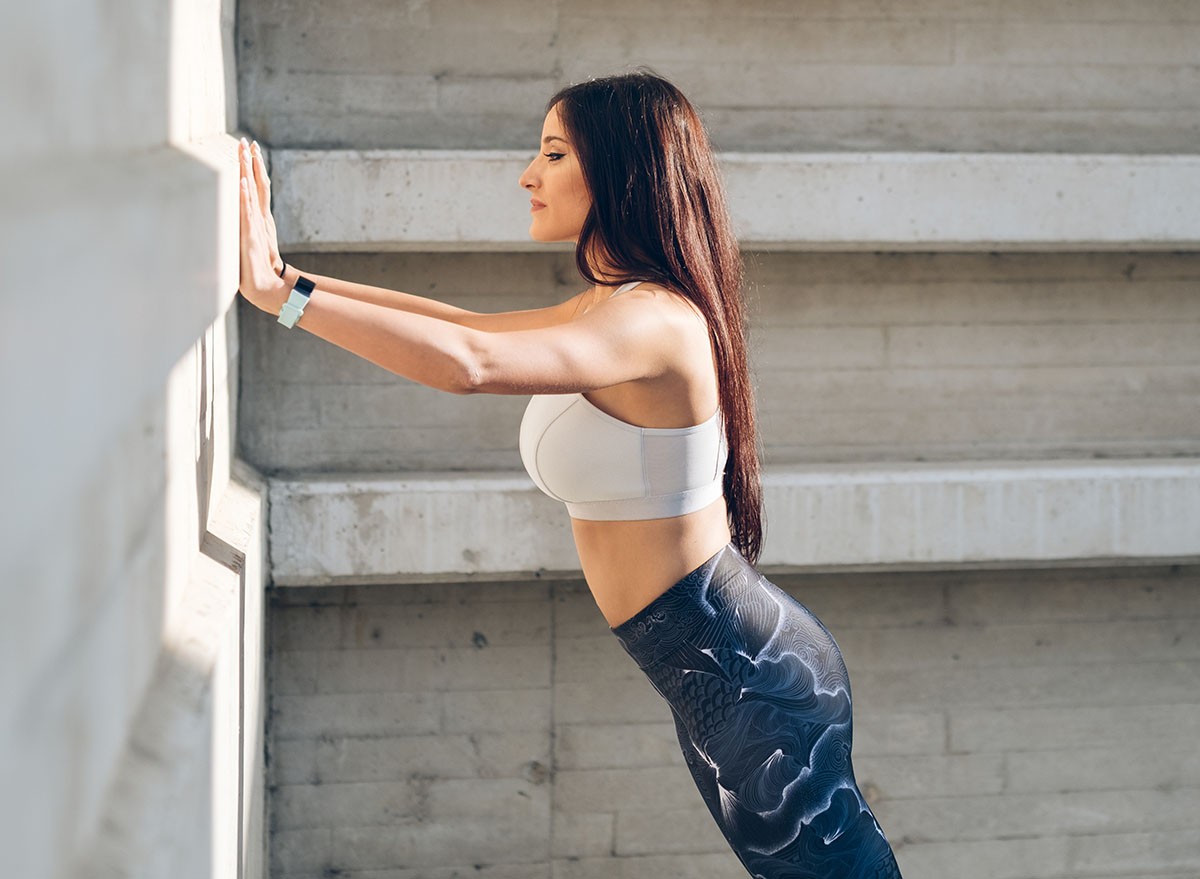
For those who can easily reach overhead, Will offers a progression. "If you're a bit more advanced and you can quite easily get your hand up here, what we're going to do next is walk closer to the wall until your nose is touching the wall," he instructs. From this position, maintain good posture and lift your arm off the wall without moving your nose away. "This is a great exercise to build strength and stability in the shoulder in that last movement. You'll also work on your thoracic spine control as well," Will explains. He emphasizes keeping your neck relaxed by maintaining gentle contact between your nose and the wall.
Perfecting Your Overhead Form
Proper form makes this exercise more effective. "The key here is to keep your neck relaxed and we do that by keeping the nose resting gently on the wall," Will advises. He also suggests engaging your core for stability: "Squeeze your glutes and then lift away." This creates a more integrated movement pattern that enhances the benefits. "Spend a couple of minutes on each side and that will really really improve your shoulder mechanics and stiffness in the upper limb and give you healthier shoulders as a result," Will promises.
Hip Rotation Benefits
The final movement addresses a crucial area for maintaining mobility as we age. "As we get older the hips become stiffer, the ligaments tighten around the hips and if we lose cartilage in the process of arthritis, we can lose the ability to rotate the hips," Will explains. This stiffness can be the first sign of developing hip problems. "If we want to avoid unhealthy hips as we get older, this is a key exercise to do daily," he emphasizes. Regular hip rotation exercises can help maintain the joint's health and function.
Hip Rotation Technique
Will describes this exercise as "very very simple" yet effective. Lie on your back with one leg straight and the other bent. Bring the bent leg up to a 90-degree angle with your body, then rotate the leg inward, bringing the shin across your body. Return to neutral, then rotate outward. "The leg is not moving, it's just turning and the thing that's doing the rotating is actually in my hip," Will clarifies. The hip joint serves as the pivot point, with the movement occurring from that joint rather than the knee.
What to Expect from Hip Rotations
When practicing hip rotation, you might discover imbalances. "You might find or be surprised to find that one of them on one side is very very stiff and the other one moves quite well," Will observes. This asymmetry is common and represents "the early sign that stiffness is setting in." Don't be discouraged by initial limitations. "If you start to work on it like this, just going from one to the other as long as it's pain-free to do so, it will improve over time," he reassures. The exercise may initially feel fatiguing because you're isolating muscles that aren't used to being worked in this way.
The Power of Consistency
The key to success with these movements is regular practice. "It doesn't take that much practice to start to see improvements, but the benefits on your mobility and your walking and your strength are definitely worth it," Will encourages. Even a few minutes dedicated to these exercises each day can lead to significant improvements over time. "If they do them over time, what it does is improve their mobility, help them move with less pain and better strength, and leads to better overall health," he shares based on his experience with clients. And if you enjoyed this article, don't miss I Hit 60 and These 15 Anti-Aging Foods Keep Me Fit and Feeling 20 Years Younger.




